
Iranian Wicker
Wicker is one of the oldest human arts and crafts, which has a long history in most regions of the world where reed, grain, bamboo, palm, and similar plants grow. The art and craft of wicker is still practiced in its old form in many parts of Iran and its products are a manifestation of the taste and art of the people of this land.
Wicker in Iran
The main centers of wicker in Iran are mainly in the southern parts of the country, although in the north and center of Iran, there are some cities and villages where wicker is a dominant craft. Climatic diversity in these regions has caused the raw materials used in wicker to have certain differences. Hence a wide range of wicker products and techniques can be found in Iran.
Khuzestan, Bushehr, Hormozgan, and Sistan and Baluchestan provinces of Iran, which have a tropical climate and the possibility of growing plants and trees such as swamp reed and palm, are considered the most important wicker centers in southern Iran. A type of reed grows in the swamps of the southern part of Iran, which is called “kartak” in the local dialects. This type of reed is widely used in the wicker craft of southern people of Iran. In the north of Iran, Gilan and Mazandaran provinces are the main wicker centers of the country. Marsh plants, hemp, willow tree leaves, and rice and wheat stalks are the most important raw materials used in the art and craft of wicker in the north of Iran. The people of northern Iran provide the fibers used wicker by using spiny rush and Sparganium, which are among the types of swamp plants. Bafq City is the most prominent city in the central regions of Iran where wicker is widely practiced. The vast groves of the region provide the required raw materials for the art and craft of wicker in abundance.
Tools and Methods Used in Iranian Craft of Wicker
Wicker is done with simple tools that are usually ad easily accessible to everyone. Scissors, knives, stitching awls (to make holes), glue, rulers, and a device to create a flame and burn parts of the straws are the most common tools used in this craft. In some places, a machine is used to weave mats.
History of Wicker in Iran
Iran is considered one of the first regions in the world where the art and craft of wicker are practiced. Today, in Iran, several fields of handicrafts have been formed on the basis of wicker, the most important of which are:
Mat Weaving
The type of mat (called Bouria in Persian) is produced with reed (bamboo) that grows next to the marsh and is called “Kheyzaran” in Persian. It is completely handmade and is used for covering the floor and roofs. Bouria is also used to make thatched houses. Bouria’s strength has caused it to be used in the construction of furniture such as tables, chairs, lampshades, shoe racks, and bookshelves.
Sovas Weaving
Sovas is a type of traditional footwear made from palm leaves. The main center of Sovas weaving is Hormozgan Province.
Koob Weaving
In the Mazani language, koob refers to a type of mat carpet, which is made of cellulosic fibers of wildling plants such as bur-reed, Viscum, and vetiver. Koob is also used as a tablecloth and doormat. Koob weaving is done by a loom and is like carpet weaving.
Sys Weaving
Sys is a fiber that is obtained from around the palm trunk. This fiber is very resistant and is used in Bushehr, Hormozgan, and Sistan and Baluchistan Provinces for the weaving of mats, rugs, and doormats.
Gali (bur-reed) Weaving
Galli is produced from rice stalk fibers. Baskets, hats, and mats are the main products of this branch of wicker.
Pakhal weaving is done with wheat or rice stalks and its products are baskets, pot mats, and vases. The products of this craft are sometimes decorated with colored woolen threads to increase their beauty.
National Symbols Granted to the Art and Craft of Wicker
The city of Ab Pakhsh in Dashtestan County of Bushehr Province, which is famous for having extensive palm groves, became the national city of wicker in the year 2020. Also, the city of Bafq in Yazd Province and the city of Khesht in Kazerun County of Fars Province received the title of the national city of wicker in the year 2023. According to available statistics, there are about 500 mat weavers working in Khesht City. In the same year, the Fashatkeh Village of Rasht city (Gilan province) was also introduced as the national village of wicker.
| Name | Iranian Wicker |
| Country | Iran |
| Cities | |
| Registration | National |
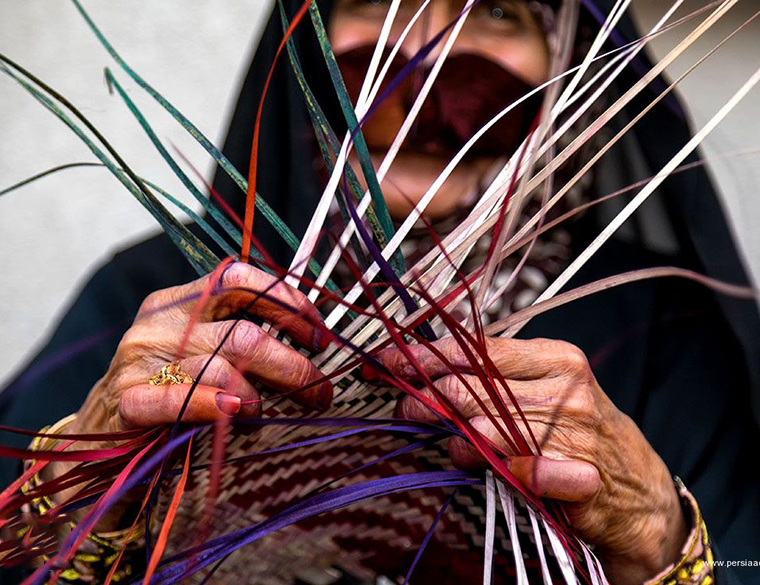

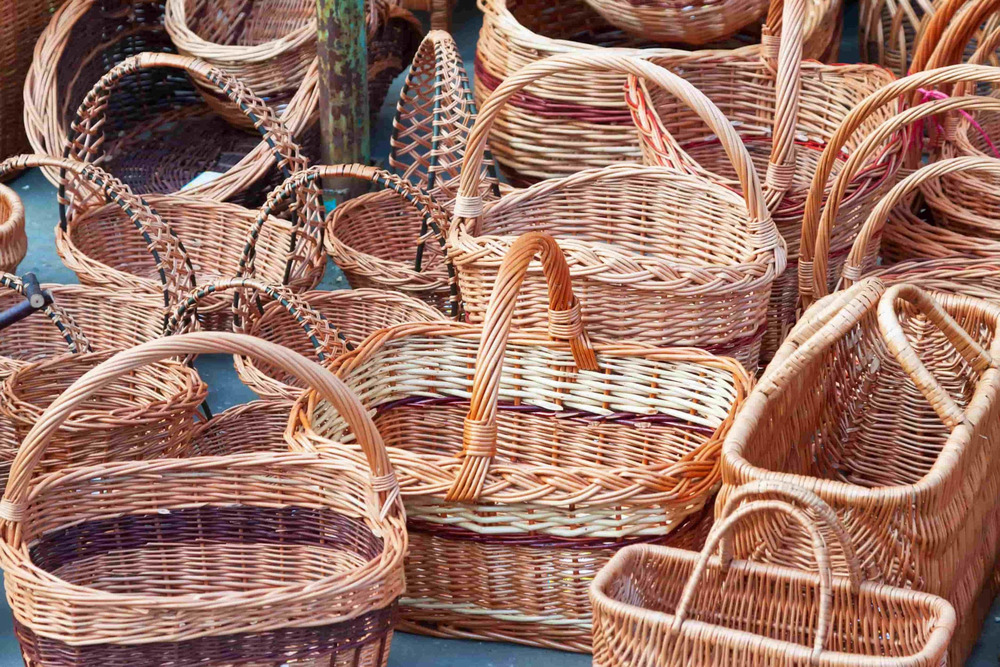



Choose blindless
Red blindless Green blindless Blue blindless Red hard to see Green hard to see Blue hard to see Monochrome Special MonochromeFont size change:
Change word spacing:
Change line height:
Change mouse type:
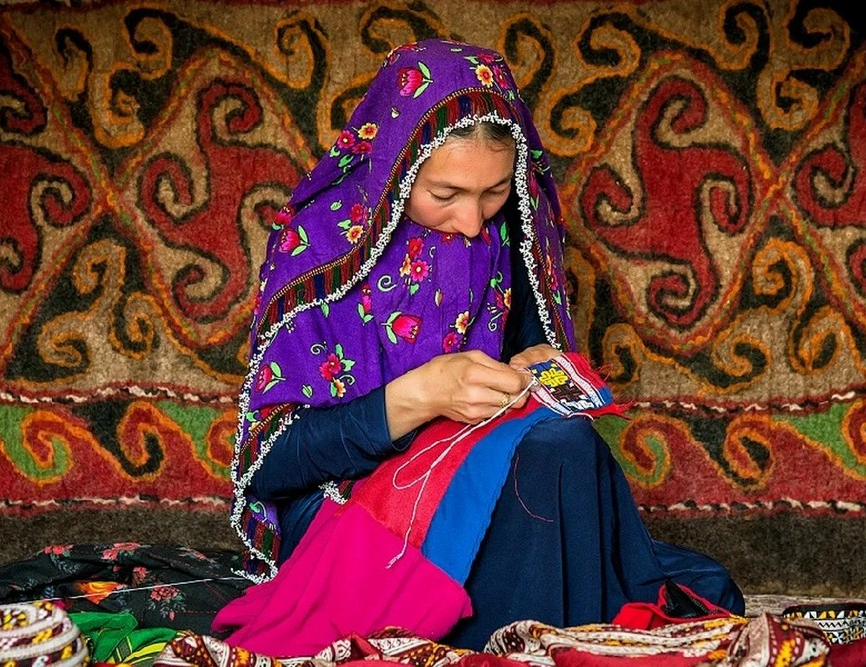
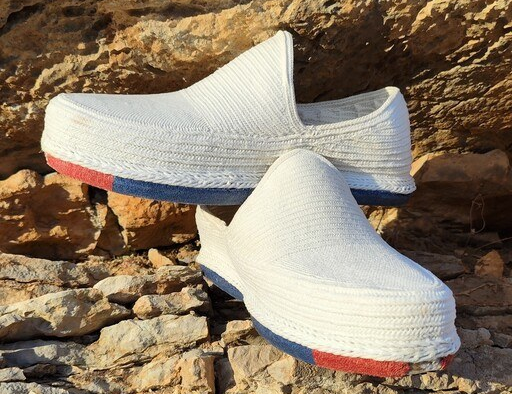

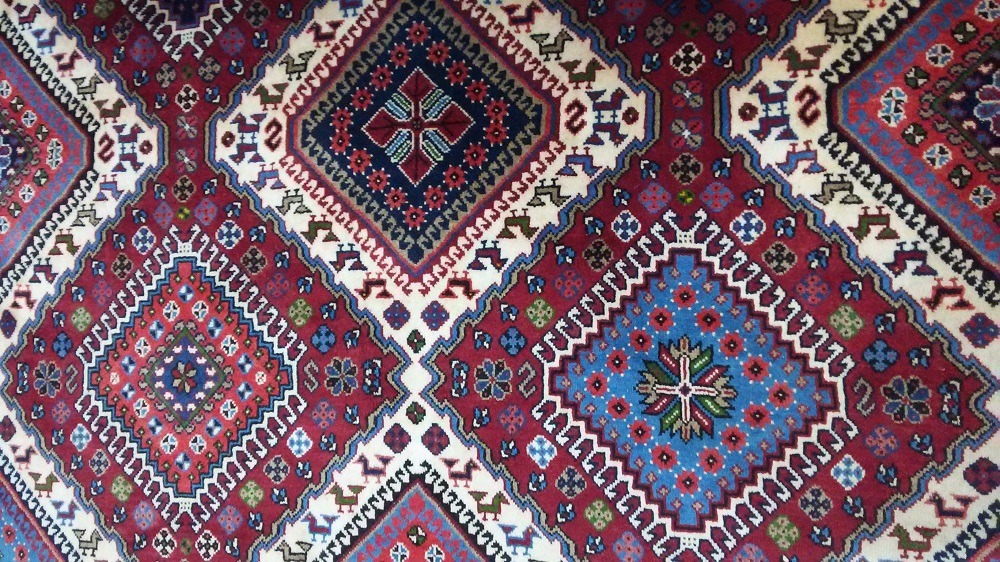
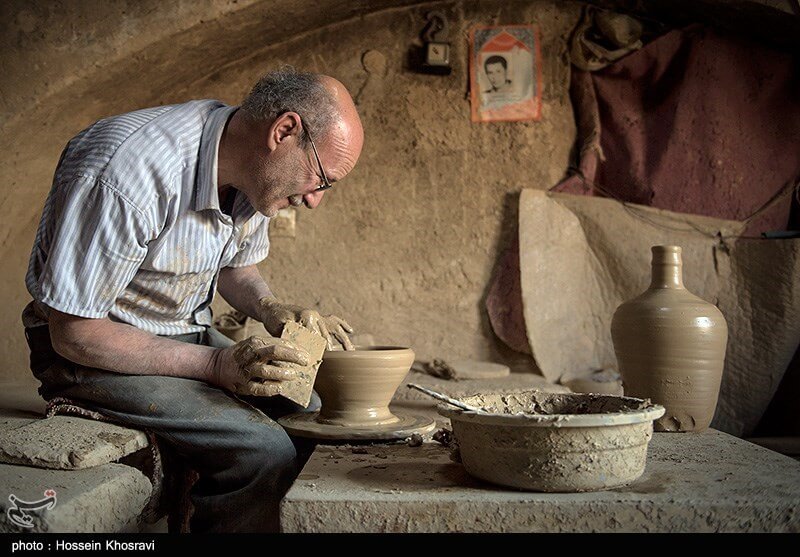
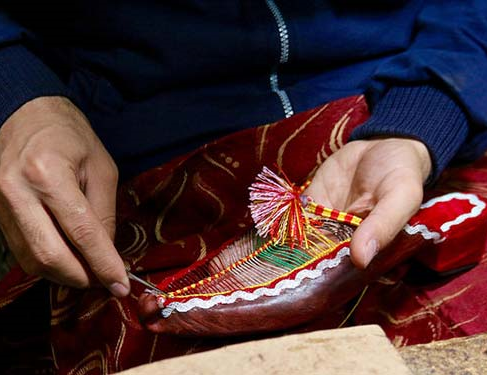
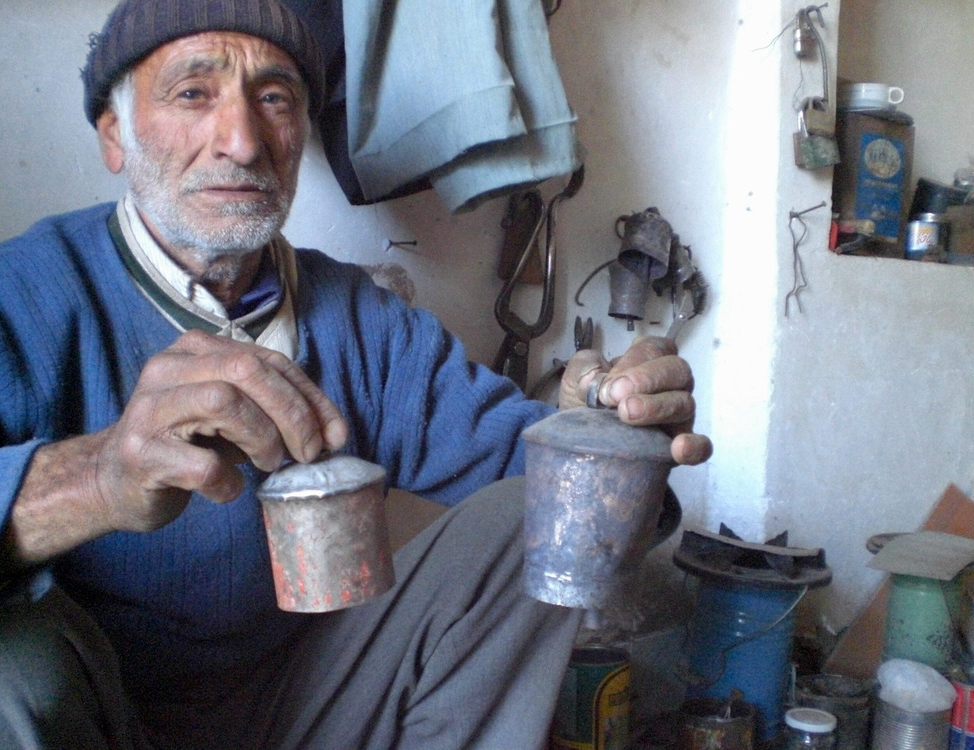
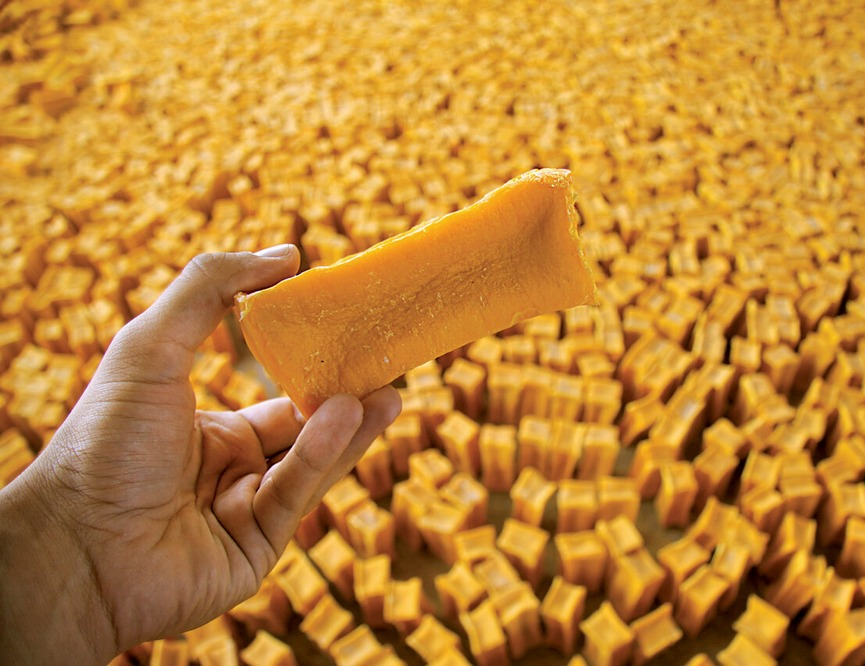

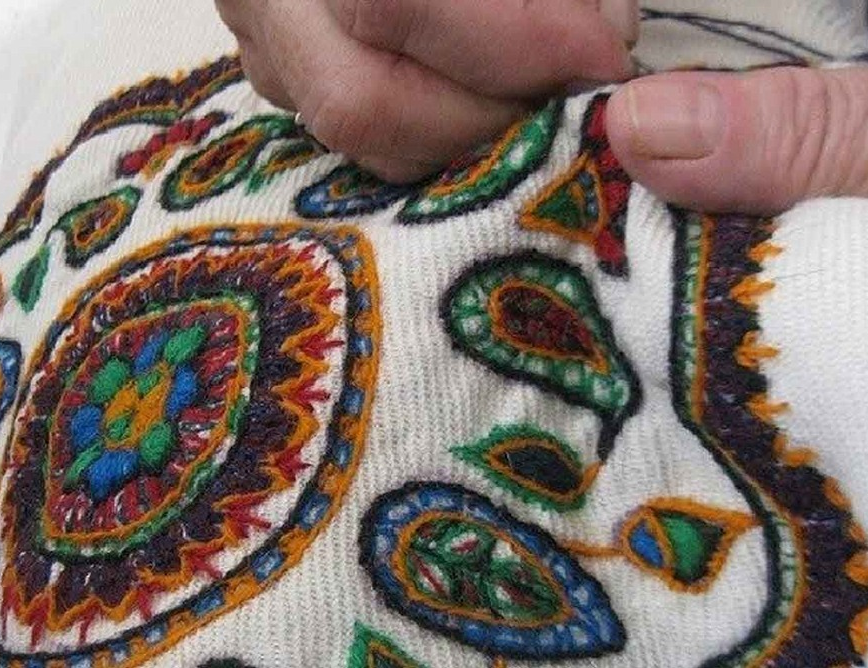
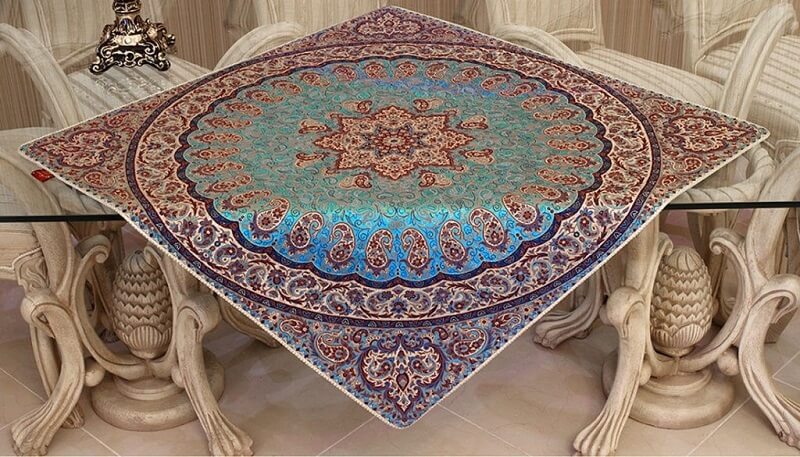
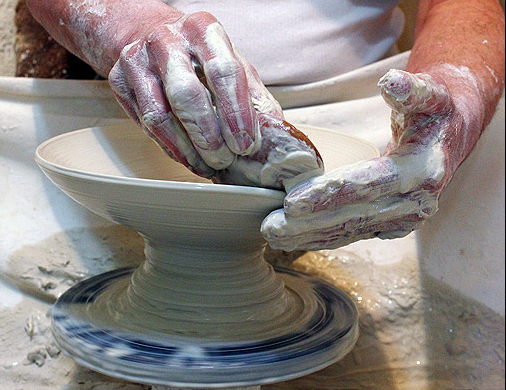
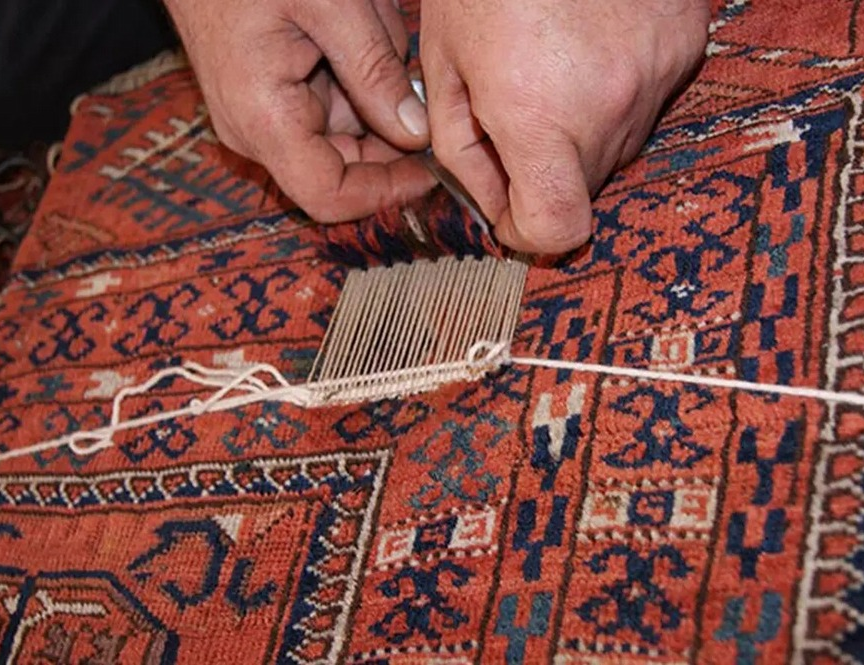
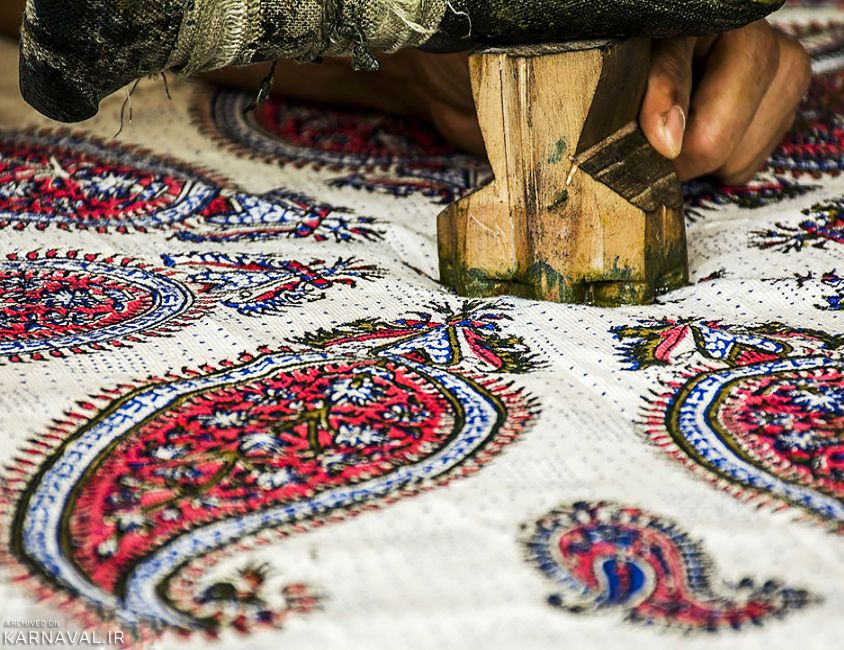
_crop_2.jpg)